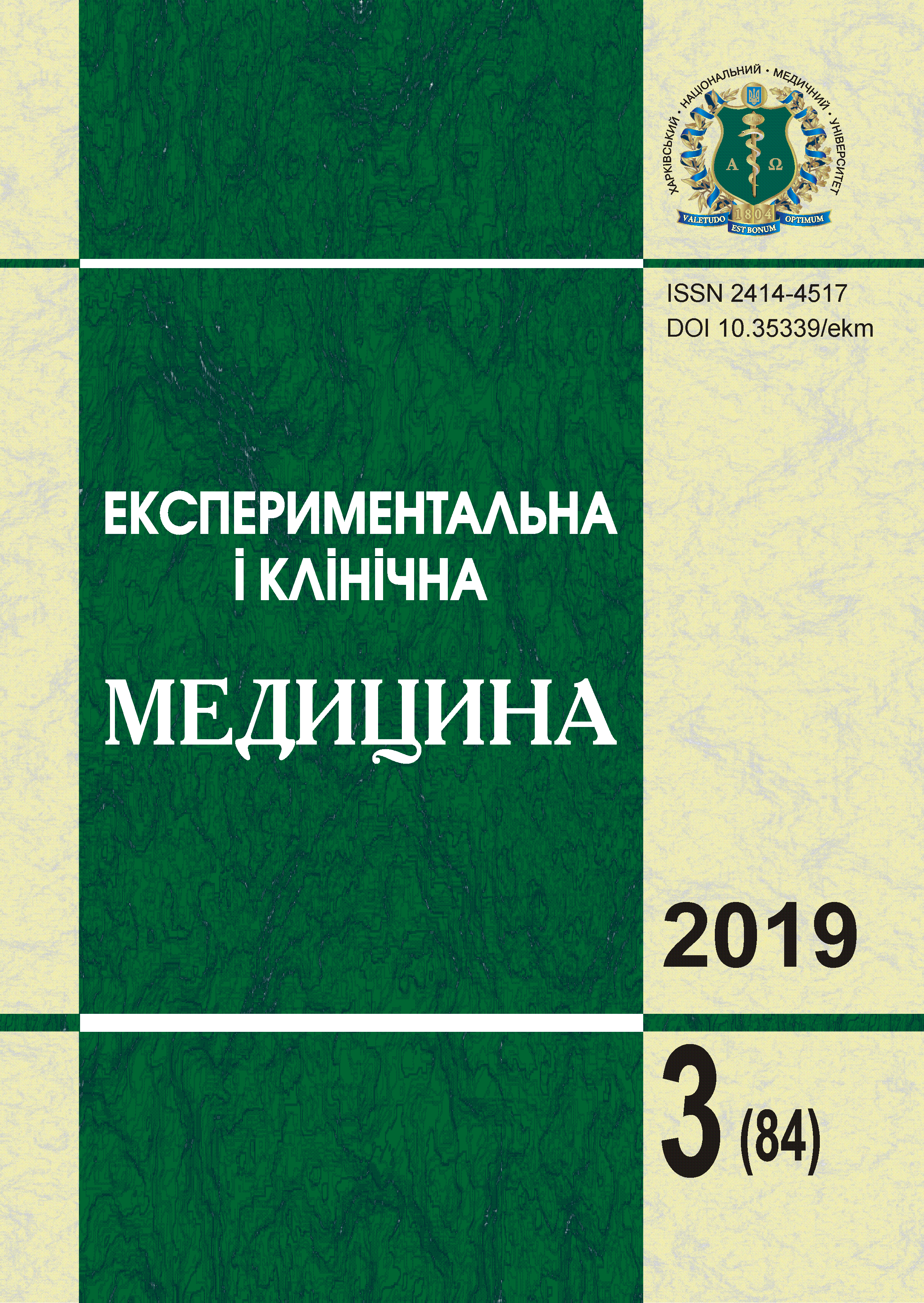Abstract
In order to increase the effectiveness of treatment of patients with asymptomatic calyceal stones, an algorithm of therapeutic tactics for this form of nephrolithiasis has been developed. The main differentiating criteria for choosing the optimal treatment method are the size and X-ray density of the stone, as well as the anatomical features of the pyelocaliceal system. The presence of a calculus with dimensions of 5–15 mm, an X-ray density of less than 1500 HU in the renal calyx with an infundibulo-pelvic angle of 90° or more is an indication for extracorporeal shock wave lithotripsy. Percutaneous nephrolithotripsy is advisable in patients with calyceal stones larger than 15 mm, X-ray density greater than 1,500 HU and the presence of acute infundibulo-pelvic angle. Dynamic observation in combination with lithotlitic and lithokinetic therapy is indicated in the presence of a stone with sizes less than 5 mm. The proposed treatment approach has been successfully applied in 73 patients with this form of nephrolithiasis. The treatment efficacy which is characterized by stone free rate in different groups of patients was 86.3 – 91.7%References
Alatab S., Pourmand G., El Howairis Mel F. et al. (2016). National Profiles of Urinary Calculi. A Comparison Between Developing and Developed Worlds. Iran J Kidney Dis, vol. 10, pp. 51–61. Retrieved from http://www.ijkd.org/index.php/ijkd/article/view/2226/829
Bansal A.D., Hui J., Goldfarb D.S. (2009). Asymptomatic Nephrolithiasis Detected by Ultrasound. Clin J Am Soc Nephrol., Mar, 4 (3), pp. 680–684, DOI 10.2215/CJN.05181008
Dropkin B.M., Moses R.A., Sharma D. et al. (2015). The natural history of nonobstructing asymptomatic renal stones managed with active surveillance. J Urol., Apr, 193 (4), pp. 1265–1269, DOI 10.1016/j.juro.2014.11.056.
Uhal E.M. (2014) Diagnostika i vybor taktiki lechenia bolnyh s chashechkovymi konkrementami pochek [Diagnosis and selection of treatment tactics for patients with caliceal kidney stones]. Urologia – Urology, vol.18 (1). pp 18–24 [in Russian].
Koh L.T., Ng F.C., Ng K.K. (2012). Outcomes of long-term follow-up of patients with conservative management of asymptomatic renal calculi. BJU International, Feb, 109 (4), pp. 622–625, DOI 10.1111/j.1464-410x.2011.10329.x.
Pearle M.S., Lingeman J.E., Leveillee R. et al. (2005). Prospective, randomized trial comparing shock wave lithotripsy and ureteroscopy for lower pole caliceal calculi 1 cm or less. J Urol., vol. 173, pp. 2005–2009.
Kang H.W., Lee S.K., Kim W.T. et al. (2013). Natural history of asymptomatic renal stones and prediction of stone related events. J Urol., May, 189 (5), pp. 1740–1746, DOI 10.1016/j.juro.2012.11.113. Epub 2012 Nov 28.
Türk C., Neisius A., Petrik A. et al. (2018). EAU Guidelines on Urolithiasis. European Association of Urology.
Neisius A., Thomas C., Roos F.C. et al. (2015). Asymptomatic kidney stones: active surveillance vs. treatment. Aktuelle Urol., Sep, 46 (5), pp. 391–394, DOI 10.1055/s-0035-1559651. Epub 2015 Sep 17.
Albala D.M., Assimos D.G., Clayman R.V. et al. (2001). Lower pole I: a prospective randomized trial of extracorporeal shock wave lithotripsy and percutaneous nephrostolithotomy for lower pole nephrolithiasis: initial results. J Urol., vol. 166, pp. 2072–2080.
Knoll T., Buchholz N., Wendt-Nordahl G. (2012). Extracorporeal shockwave lithotripsy vs. percutaneous nephrolithotomy vs. flexible ureterorenoscopy for lower-pole stones. Arab Journal of Urology, vol. 10, pp. 336–341, DOI 10.1016/j.aju.2012.06.004.
Al-Marhoon M.S., Shareef O., Al-Habsi I.S. et al. (2013). Extracorporeal Shock-wave Lithotripsy Success Rate and Complications: Initial Experience at Sultan Qaboos University Hospital. Oman Medical Journal, vol. 28 (4), pp. 255–259, DOI 10. 5001/omj.2013.72.
Juan Y.S., Chuang S.M., Wu W.J. et al. (2005). Impact of lower pole anatomy on stone clearance after shock wave lithotripsy. Kaohsiung J Med Sci., vol. 21, pp.358–364.

